Miscellaneous Technology
First Modern GPS Satellite Launches

The first of 24 Block-II GPS satellites was launched. Block-II were the first modern GPS satellites that form the modern GPS system we know today.
The Birth of IBM

The Computing Tabulating Recording Corporation is renamed International Business Machines, aka IBM. Either way, it certainly makes for a boring sounding company.
Motion Picture Projector Patented
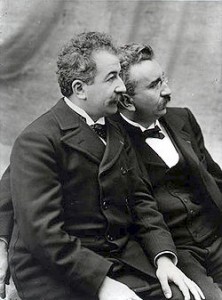 February 13, 1895
February 13, 1895
The Lumiere brothers patent their cinematograph, one of the earliest motion picture projectors. The cinématographe also served as a film camera and developer, making it one of the first “all-in-one” devices, beating HP by about 100 years.
DAF 600 Unveiled
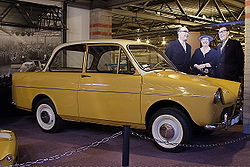
The Dutch car DAF 600 is introduced at the Amsterdam Motor Show. It would have been an altogether unremarkable car except for the fact that it was one of the first cars to offer an automatic transmission at an affordable price.
First Automatic Don’t Walk Sign

The first “Don’t Walk” sign was installed in New York City. The installation of this sign was inspired by the growing number of deaths resulting from pedestrian accidents.
First Polygraph Used
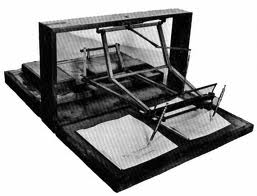
Leonarde Keeler, co-inventor of the polygraph machine, first uses his invention. Keeler used the lie detector on two criminals in Portage, Wisconsin, who were later convicted of assault when the lie detector results were introduced in court.
First Working Prototype of Rotary Engine
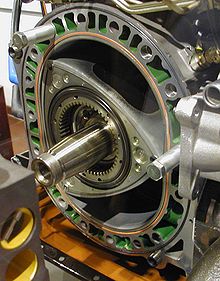
Felix Wankel‘s first working prototype DKM 54 of the Wankel engine runs in Germany. The Wankel engine is more commonly referred to as the “rotary engine”, because it is the most successful design of such an engine, although there are other engines that are considered rotary. The most common use of the Wankel engine is by Mazda in their RX series of cars.
First Movie Studio Completed
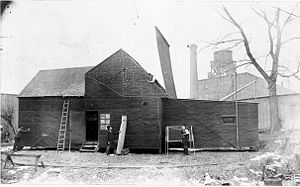
Thomas A. Edison finishes construction of the first motion picture studio, the Black Maria (officially known as the Kinetographic Theater) in West Orange, New Jersey. The name Black Maria came from a slang term for police wagons, also known as paddywagons, which were similarly cramped, uncomfortable, and dark.
First Super Bowl in HD

Super Bowl XXXIV: The St. Louis Rams beat the Tennessee Titans, 23-16 at the Georgia Dome in Atlanta. This was the first Super Bowl to be broadcast in High Definition. And after living in New Orleans then St. Louis and suffering through the Saints, Cardinals, and Rams, it was the first time my home team won the Super Bowl (actually, it was the first time any of my home teams won any major sports championship).
Karl Benz Patents Gas Automobile
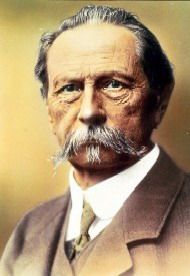
Karl Benz patents the first successful gasoline-driven automobile. He would eventually go on to found the Mercedes Benz company.
